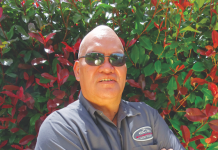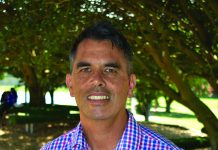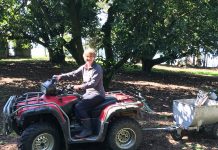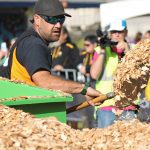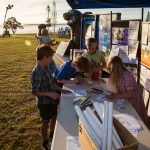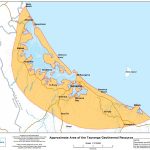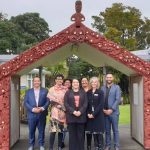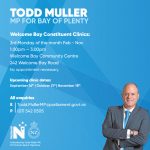Ever wondered what’s bubbling below us in Rotorua?
GNS Science and Bay of Plenty Regional Council have been investigating volcanic hazards and deep geothermal energy resources in the Taupo Volcanic Zone for the last decade and can now share the latest findings to interested members of the public, at a meeting to be held February 12.
Since 2009, GNS Science has been collecting magnetotelluric or MT measurements to further understand volcanic hazards and the deep geothermal energy resources in the Taupo Volcanic Zone, including Rotorua.
Magnetotelluric measurements help to build a picture of where geothermal fluid may be present deep within the earth – in the case of the Taupo Volcanic Zone, 3 – 7 kilometres underground, and the underlying magmatic heat sources of the geothermal systems.
Along with GNS Science government research funding, the Bay of Plenty Regional Council contributed to the MT data collection exercise which focused on the area east of Lake Rotorua.
The most recent results from this research will be presented at a meeting, open to the public, at the Bay of Plenty Regional Council Rotorua office, 1125 Arawa St, Rotorua on 12 February, from 5.30 pm.
GNS geophysicists Ted Bertrand said the results of the research were proving to be extremely interesting.
Understanding How Geothermal Systems Work
“Over the last few years, we have started to see the connection between the shallow parts of geothermal fields and the underlying magmatic systems which provide the heat.
“Results from the Rotorua lakes region and similar research north of Taupo have enabled us to start to understand how geothermal systems like Rotorua work from tip to toe – from the surface features down to their volcanic roots.
GNS geophysicists Grant Caldwell said as a Crown Research Institute, one of their aims was to provide information that would encourage future exploration and research into sustainable geothermal resources at depths greater than currently explored.
“It’s been a tremendous help for us to have the additional support from the Regional Council for this research.”
Bay of Plenty Regional Council Geothermal Programme Leader Penny Doorman said as managers of the resource, it was important that this type of work was undertaken.
“For the Regional Council, our aim is to increase our understanding of the wider geothermal resource and volcanic hazard in the region surrounding Rotorua.
“Geothermal is recognised as an important asset for the Bay of Plenty region but also as a natural hazard. Having good information on which to base our decisions assists Council in managing the resource as effectively and efficiently as possible for its long-term sustainability, as well as knowing how to address associated risks.”














